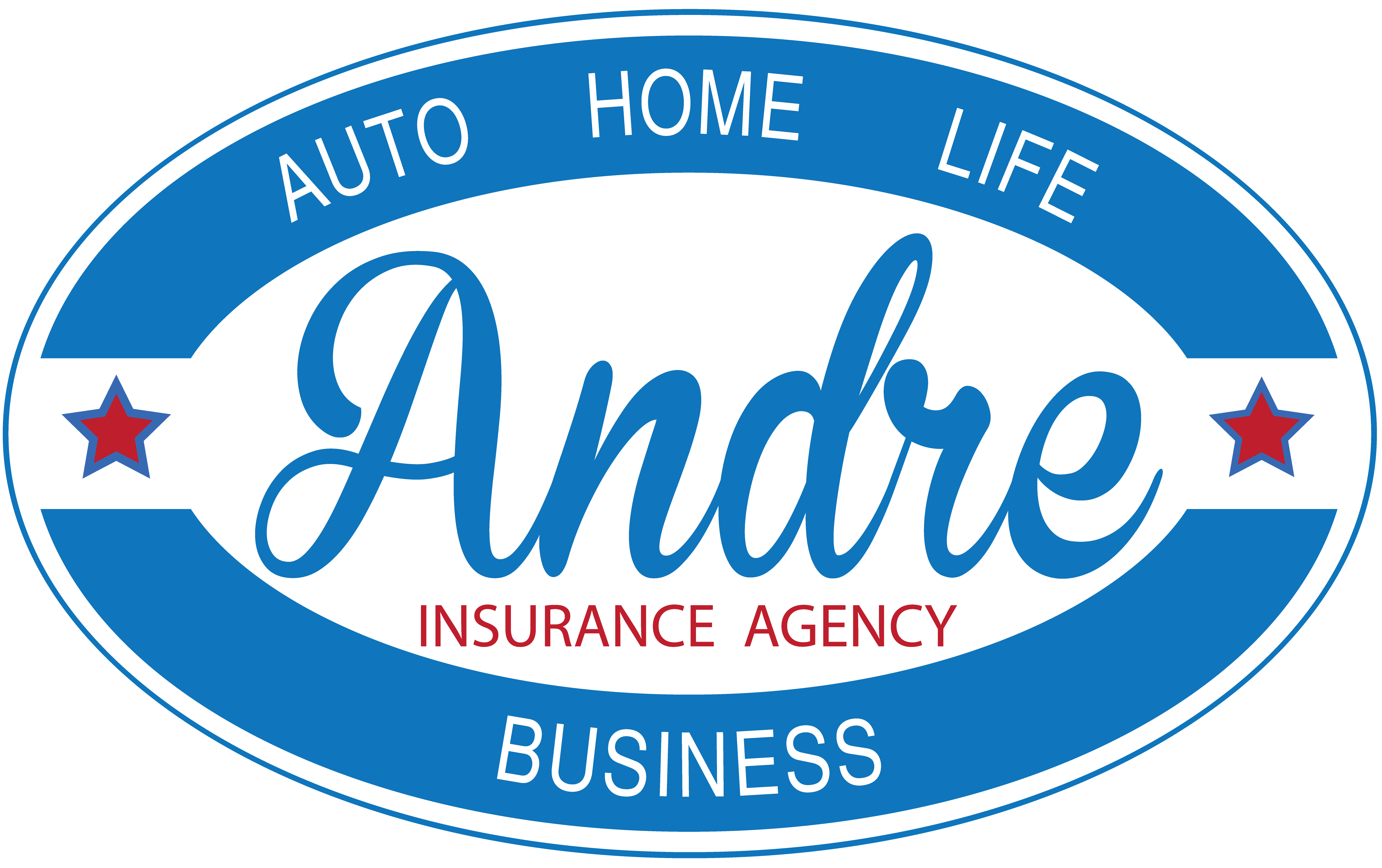
It’s a fact of life that water backs up, overflows, floods and generally goes where it doesn’t belong.
John Hallman knows all about home water damage. Ten years ago, his sump pump’s tubing detached, flooding his basement and destroying his wall paneling. And that wasn’t the end of his troubles: Last year, a faulty sump pump soaked his TV, computer and cabinets.
Fortunately, Erie Insurance Agent Bill Lowa of The Lowa Group in Pottstown, Pa., had recommended that John add a Sewer and Drain Backup endorsement to his homeowners policy. That coverage paid a contractor to repair home water damage and replaced the damaged goods on a replacement cost basis.
Are you worried about water ruining your home? If so, the following fixes can help prevent some of the most common home water damage problems. (And since nothing is foolproof, extra insurance coverage can help if water still seeps in.)
The problem: Plumbing failure from frozen, rusted or leaky pipes.
The fix: Look for any telltale signs of leaks like unusually high water bills, mold or mildew growth, water stains on walls and warm spots on your floor. To prevent frozen pipes, keep your home’s temperature no lower than 55 degrees.
Level of difficulty: Easy. Remember, an ounce of prevention really is worth a pound of cure.
The problem: Plumbing drain system failures
The fix: Drain system failures are more common when your local storm water system is tied to your home’s sewer system. To prevent problems, install a backflow prevention assembly in your drain system. Also, remember to refrain from pouring grease down your drain; instead, let it cool before bagging and trashing it.
Level of difficulty: While grease disposal is a no-brainer, it’s best to seek professional help installing a backflow prevention assembly.
The problem: Weak washing machine hoses.
The fix: Replace hoses every five years—and choose a reinforced steel-braided hose over a less durable rubber hose.
Level of difficulty: Moderate if you’re somewhat handy. Otherwise, call your plumber.
The problem: Water heater failure
The fix: Replace the “sacrificial” anode rod that diverts corrosion away from the tank at least once every two years. Also, flush your tank every six months to prevent sediment buildup. (This is especially important if you have hard water.)
Level of difficulty: Relatively easy. If you’re not handy, leave it to your plumber.
The problem: Pooling water against the wall of your house.
The fix: Redirect the water with a water with a waterproof membrane or a French drain (a ditch in the ground inset with a perforated pipe that’s then covered with a layer of gravel).
Level of difficulty: While adding the membrane isn’t a difficult job, a French drain installation is best left to the pros.
The problem: Weak roof coverings that let rain water seep in.
The fix: Seal your roof to add an extra barrier against the water.
Level of difficulty: Difficult as well as dangerous—leave this one to a licensed roofer.
Don’t let water damage soak your wallet
Even the best precautions can’t prevent all home water damage. That’s why it’s worth adding a Sewer and Drain Backup endorsement to your homeowners policy. An Erie Insurance Agent can tell you about affordable coverage that starts at $75 a year.
Read the full story from Erie Insurance: “Six Ways to Prevent Home Water Damage“
